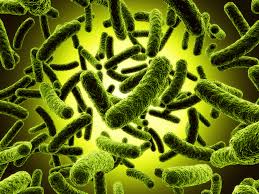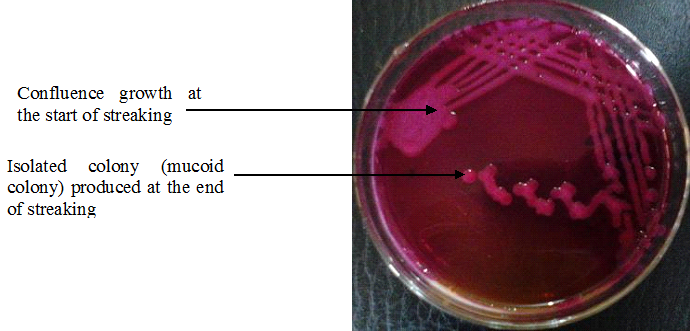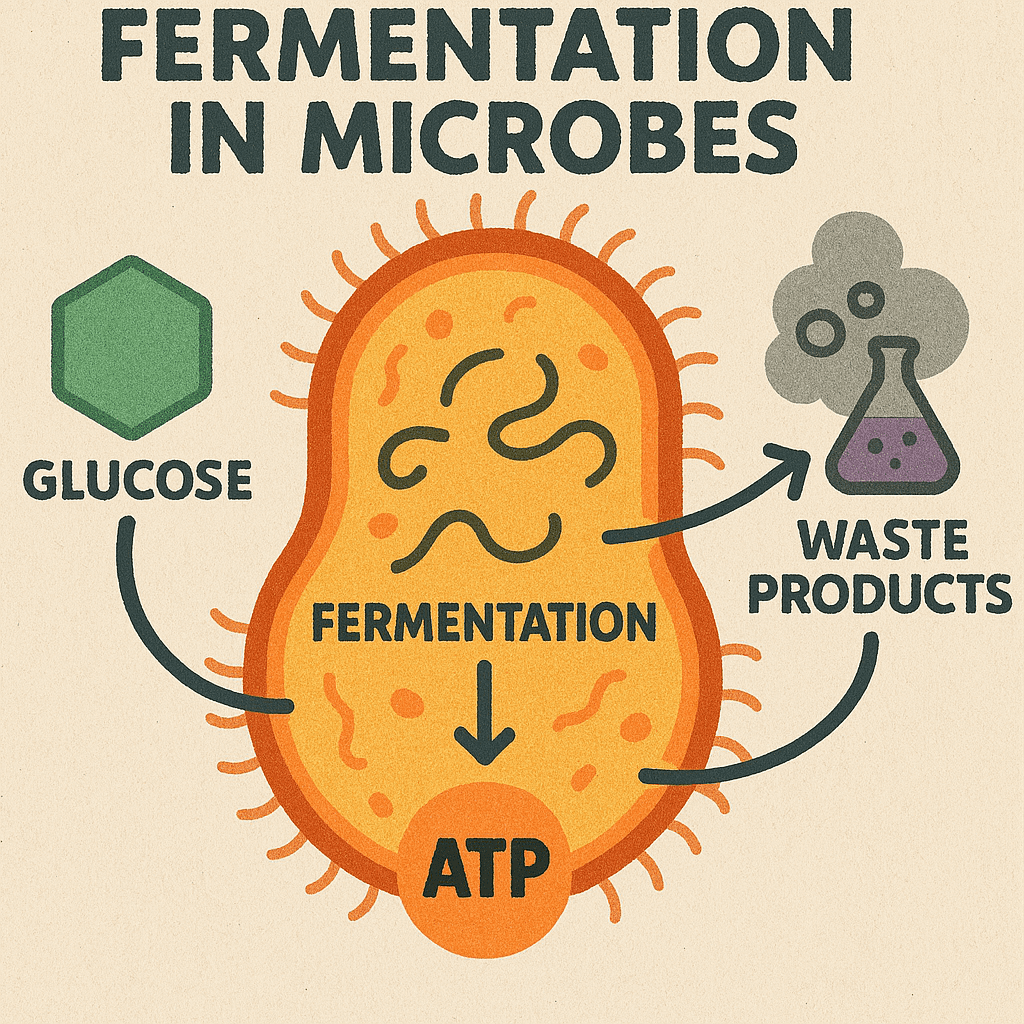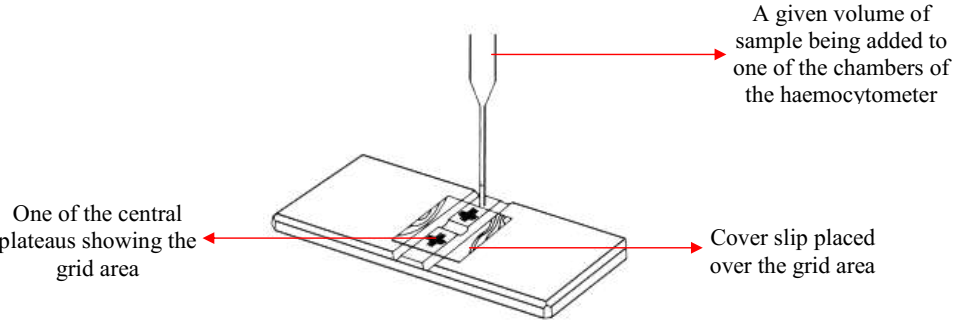Microbial cells employ a variety of mechanisms to uptake nutrients (including macromolecules, inorganic ions, water and other small molecules) from their natural environment or from artificially prepared cultured media which are precisely designed to provide all the essential nutritional requirements and growth factors necessary for microbial or bacterial growth.
The cell wall or outer covering of microbes is usually selectively permeable in nature (cytoplasmic membrane is the selectively permeable membrane which encloses the cytoplasm in prokaryotic and eukaryotic cells), and molecules including nutrients required by the organism for growth only pass through the cell membrane of the cell in a selective manner which does not allow other unwanted molecules to pass through it. Active transport and diffusion (i.e. passive diffusion) is some of the important mechanisms used by microorganisms to take up nutrient molecules from their environment or culture media through their cytoplasmic or plasma membrane.
Active transport is the transportation of solute molecules across the cell membrane of an organism against an electrochemical gradient. The impermeability of the outer membrane of microorganisms (Gram-negative bacteria in particular) by nutrient and other important molecules is usually overcome by the active transport of solute molecules into the cell.
Active transport is energy driven, and the process establishes a concentration gradient which allows nutrient molecules to penetrate the cytoplasmic membrane of an organism with the help of specific protein carrier molecules which harbour particular solute molecules such as nutrients. In active transport, solute molecules (especially nutrients) are taken up by microbial cells in higher concentration gradient with the help of carrier proteins as earlier said; and the input of metabolic energy especially those derived from ATP and the electron transport chain allows important solute molecules to enter the microbial cell.
Microorganisms live in environment which is usually characterized by the presence of dilute solute or nutrient molecules; and for microbes to thrive in such scenarios, they must develop mechanisms such as active transport amongst others that will enable them to concentrate these important solute molecules or nutrients and transport same via their cell membrane for growth and other metabolic activities.
In active transport, solute molecules move across the membrane of microorganisms without modification. Nonetheless, many prokaryotic cells or prokaryotes take up molecules or nutrients by a process known as group translocation. Group translocation is defined as the biological process in which a nutrient molecule is transported into a microbial cell while being chemically altered.
The best-known type of group translocation system is the phosphoenolpyruvate (PEP): sugar phosphotransferase system (PTS). This system transports a variety of sugar molecules into prokaryotic cells while phosphorylating them using PEP as the phosphate donor. PTS are widely distributed in prokaryotic cells.
Diffusion is the transportation of solute molecules from a region of higher concentration to a region of lower concentration. Nutrient molecules can be transported through the cell membrane of microbial cells either passively or in a facilitated typed of diffusion where the entry of solute molecules is usually facilitated using carrier protein molecules embedded in the cell membrane of the organism.
The cell membrane of the microbial cell is very effective and selectively permeable that only certain molecules (e.g. water and gases like CO2 and O2) can pass through it with some ease while others such as nutrient or solute molecules will only pass through the cell membrane with the help of some carrier protein molecules present on the cell.
Passive or facilitated diffusion can occur without the input of energy (as is sometimes the case with active transport); and thus the entry of solute molecules into the cell is only by a concentration gradient of the given solute being transported and never against a concentration gradient which is peculiar with active transport.
REFERENCES
Atlas R.M (2010). Handbook of Microbiological Media. Fourth edition. American Society of Microbiology Press, USA.
Balows A, Hausler W, Herrmann K.L, Isenberg H.D and Shadomy H.J (1991). Manual of clinical microbiology. 5th ed. American Society of Microbiology Press, USA.
Basic laboratory procedures in clinical bacteriology. World Health Organization (WHO), 1991. Available from WHO publications, 1211 Geneva, 27-Switzerland.
Black, J.G. (2008). Microbiology: Principles and Explorations (7th ed.). Hoboken, NJ: J. Wiley & Sons.
Garcia L.S (2010). Clinical Microbiology Procedures Handbook. Third edition. American Society of Microbiology Press, USA.
Garcia L.S (2014). Clinical Laboratory Management. First edition. American Society of Microbiology Press, USA.
Ira R (1995). Bacteriology, Standard Operative procedure manual for microbiology laboratories, National Institute of Biologicals. Pp. 73-97.
Madigan M.T., Martinko J.M., Dunlap P.V and Clark D.P (2009). Brock Biology of Microorganisms, 12th edition. Pearson Benjamin Cummings Inc, USA.
Woods GL and Washington JA (1995). The Clinician and the Microbiology Laboratory. Mandell GL, Bennett JE, Dolin R (eds): Principles and Practice of Infectious Diseases. 4th ed. Churchill Livingstone, New York.
Discover more from Microbiology Class
Subscribe to get the latest posts sent to your email.





